Wander & Wonder at Rao Jodha Park in Jodhpur
Jodhpur is a beautiful city, with a majestic fort, luxury hotels, incredible shopping and even a zipline for the adrenaline junky. To add to it all, I found another visionary piece of the city quietly tucked away in the hills below the Mehrangarh Fort.
Rao Jodha Park, is a one of its kind, concerted effort in India to restore the natural ecology of a place. The large, rocky wasteland (now the park) had been taken over by Baavlia, a foreign invasive shrub from Central America.
Baavlia, a fast spreading plant (some consider it a weed) was introduced in Jodhpur over a century ago. It was originally thought that this magic plant would provide abundant grazing for the cattle in the city. The result however was that, it killed all the native plants in the area, and the animals refused to feed on it.
In 2006, identifying this as a problem with long term environmental damage, the Maharajas of Jodhpur initiated a project to restore the area to its original ecosystem. I was told that eradicating the Baavlia, sourcing seeds of original native species and allowing them to thrive once again was an arduous task. But the result is beautiful, it is a piece of historic Thar desert landscape, that is dry, rocky, with surprising bursts of color and water!
I am a huge optimist and any small measure of thoughtful action makes me happy and brings me joy. So I loved being in the park, listening to the stories, learning about the desert landscape by exploring, taking in the sights and smells. It is a great place to wander and wonder about the complexity of nature, its delicate balance and yet the resilience and longevity of it.
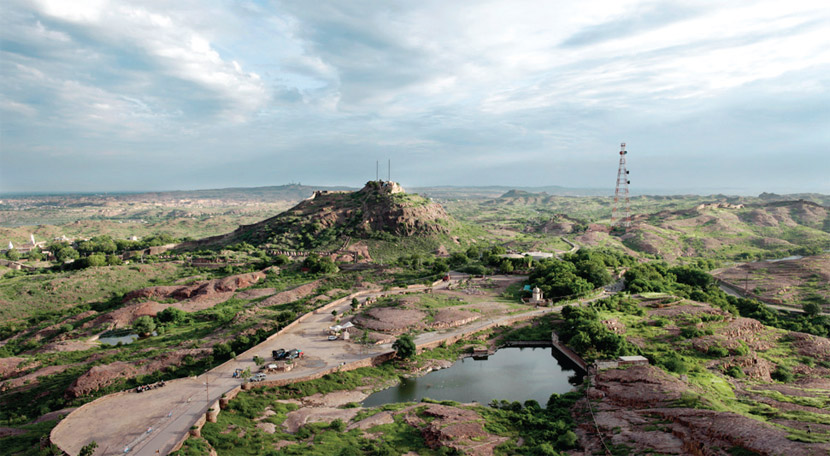

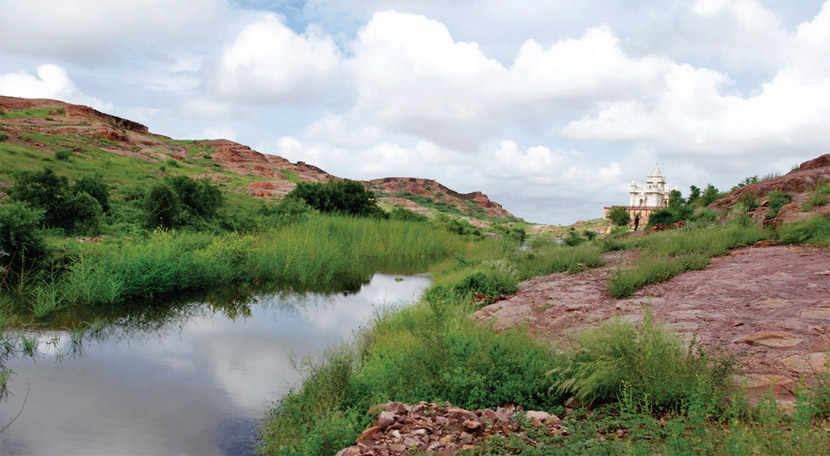
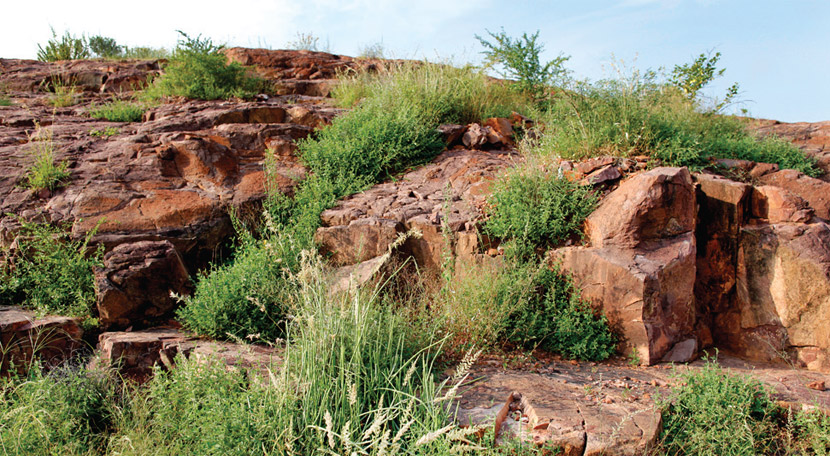
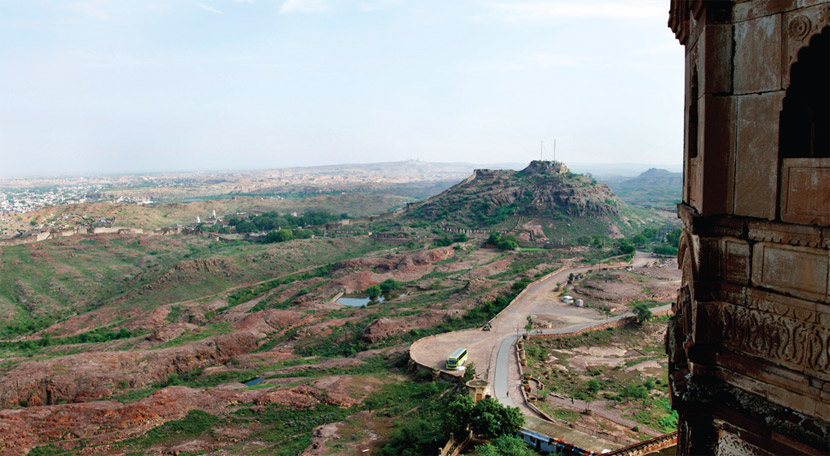
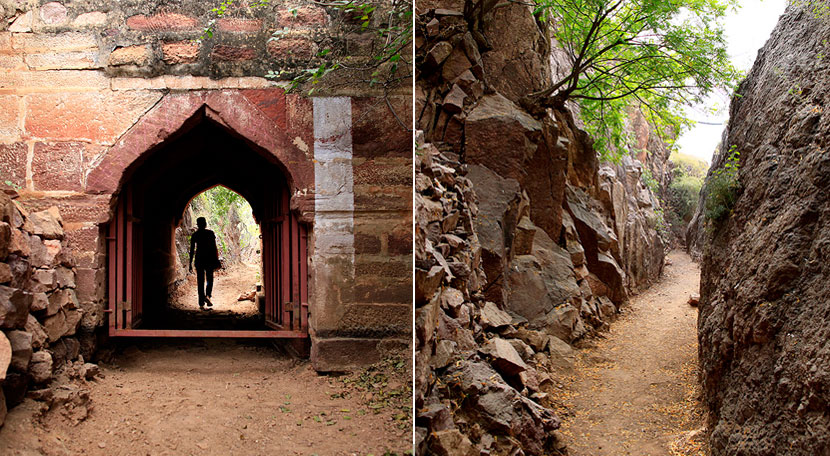
Why are native plants important ? Native plants are the species of plants that have adapted to the geographical and climatic conditions of a particular place. They are a vital part of the local food chain and natural ecosystem that has balanced itself over many years. They do not require additional irrigation, fertilizers, or other resources to grow. Once taken root they form a part of the ecosystem and can peacefully co-exist with other varieties of local flora and fauna. Finally, many traditional practices and livelihoods in the local area may also depend of the local species, such as traditional medicine, fodder for cattle, shelter, crafts, etc.
All images courtesy of Rao Jodha Park website and Motherland Magazine Ecology issue.



